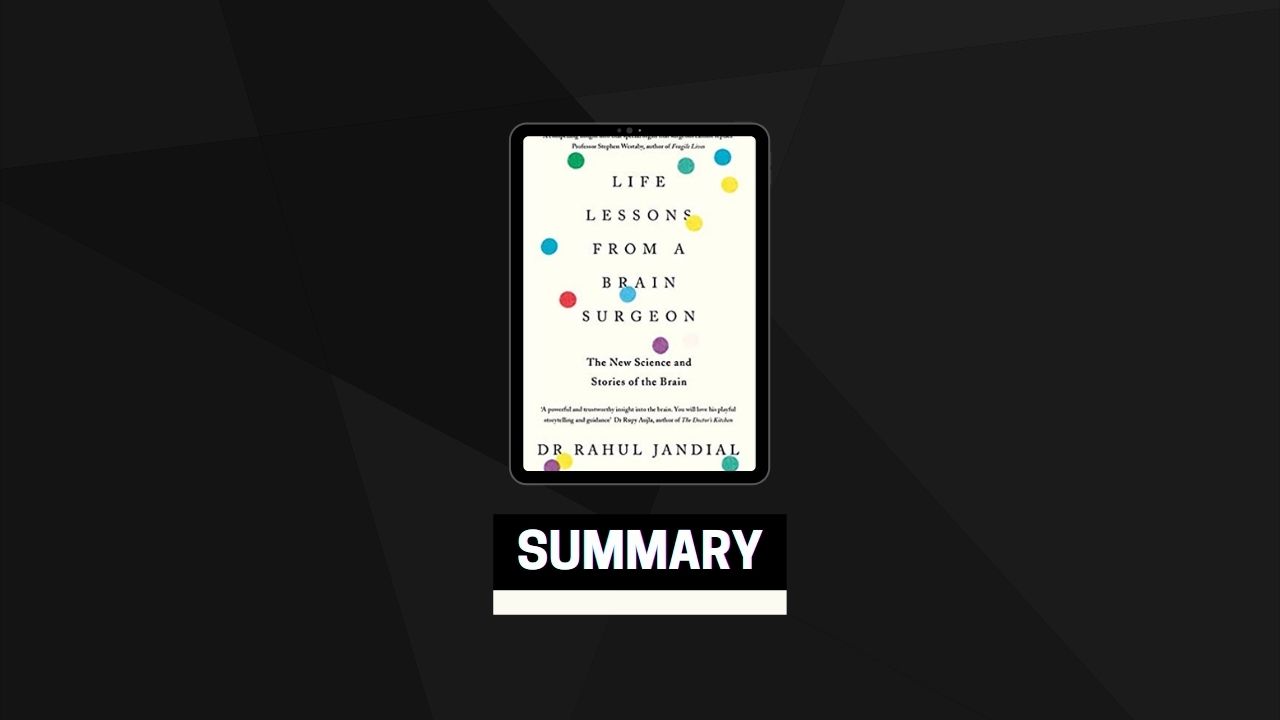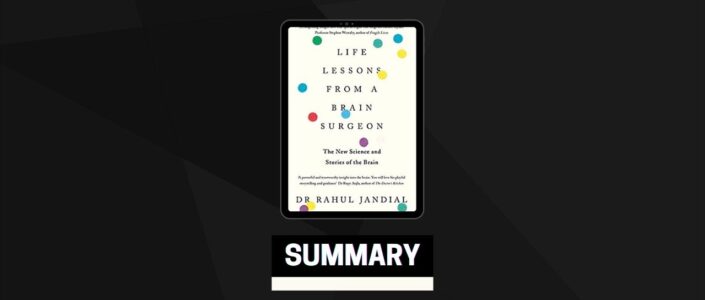Beyond Memory and IQ
Nobody has an instruction booklet for how to win a Nobel Prize, but it’s well established how to memorize any set of material faster and better. Doing so might not make you smarter in the long run, but it can definitely help you learn in the shortest time possible.
Let’s say you have to learn a list of vocabulary words in a foreign language, the names of every muscle in the human body, or the lineage of ancient Egyptian pharaohs. How do you go about studying?
If you’re like most people, you read and reread the material you are trying to learn or perhaps make a list or outline and study that. Practice makes perfect, right?
Wrong. Studying the same material over and over again is far less effective at improving memory than self-testing, according to studies by psychologists Henry L. Roediger III and Jeffrey D. Karpicke of Washington University in St. Louis. They have shown that after a single review of material, repeated self-testing enhances learning far better than does repeated studying.
So test yourself and find the edge of your knowledge: that’s where learning happens.
Unleash Creativity
Every great advance in music, biology, and astronomy, in literature and technology has involved overturning orthodoxy and doing what the experts said couldn’t or shouldn’t be done. Rule-followers, on the other hand, are like good drivers: they keep their thoughts in their own lanes, never jumping the curb. But their focus has a dark side: it inhibits the random, out-of-left-field connections that define true creativity.
The brain, you see, is not a computer, despite oft-repeated claims to the contrary. The brain is a living thing, much more like an overgrown garden than an orderly filing cabinet. And mind-wandering through your own garden of thoughts, memories, feelings, and desires is a sure way to discover your inner creative self.
Science backs this up. Mind wandering is directly linked to enhanced creativity. The more your mind wanders, the greater the connections seen between far-flung areas of the brain on MRI exams. Daydreamers are not only more creative, they’ve even been shown to be smarter on certain tests, according to a recent study by Eric Schumacher at the Georgia Institute of Technology.4
“People tend to think of mind wandering as something that is bad,” he said when his study was published. “Our findings remind me of the absent-minded professor — someone who’s brilliant, but off in his or her own world, sometimes oblivious to their own surroundings.”
Of course, you must pay attention long enough to build a knowledge base. But creativity requires a balance between homing in and spacing out, between mastering material and going off on a tangent. Darwin did a deep dive into biology and botany, as well as anyone, before he turned it on its head with evolution; and you, too, need to grind out the hard work of learning what’s known before you can discover what was never before imagined.
Sleep On It
What do you do if you or a loved one has insomnia? Some people buy a bottle of cold medicine and take a couple shots. But over-the-counter drugs containing an antihistamine work only to initiate sleep; they don’t help you stay asleep through the night. More importantly, they are not recommended — and do not work — as a treatment for chronic insomnia.
Neither does whiskey, beer, gin, vodka, or wine. And anyway, drinking yourself to sleep causes more problems than it solves. At most, alcohol is a sleep initiator. A night cap is not going to help with deep, restful sleep.
If you prefer a natural treatment, the hormone melatonin is sold without prescription, but the power of melatonin on sleep induction has been greatly exaggerated. Our brain’s pineal gland is the source of melatonin, and there is extensive experience with the surgical removal of this anatomical structure.
Even prescription drugs like Lunesta, Ambien, and Sonata were lately found by Consumer Reports to help people fall asleep a mere eight to twenty minutes faster.17
Even then, there is a significant risk of side effects. People occasionally report feeling sleepy or having a headache the day after. Most infamously, some people taking Ambien have gotten out of bed, stepped into their car, and gone driving down the street, all while asleep.
So what do the sleep experts recommend? A detailed list of do’s and don’ts is found on the American Academy of Sleep Medicine website, https://aasm.org.
- Keep a consistent sleep schedule
- Avoid caffeine in the afternoon or evening.
- If you don’t fall asleep after twenty minutes, get out of bed.
- Use your bed only for sleep and sex.
- Limit exposure to bright light in the evenings.
- Turn off electronic devices at least thirty minutes before bedtime.
Just Breathe
Here is how to breathe mindfully: Sit down somewhere quiet, and pay attention to your breathing, putting other things out of your mind as best you can for ten or fifteen minutes.
Breathe in slowly, through your nose, for a count of four.
Hold your breath with lungs filled for a count of four.
Exhale slowly, through your mouth, for a count of four.
Wait to inhale for a count of four.
There. Easy, right? Well that’s the breathing part. And it gets easier as you dedicate more time to it. But the mindfulness (being focused only on the activity at hand) part, where distractions are held at bay, is the harder part.
That’s why many people like to attend a mindful meditation class or seek out a coach.
Just searching for a mindful breathing class is not going to get you far, though. Most offer it as part of a mindfulness meditation class. Yoga classes almost always incorporate mindful breathing as part of their program, as well.
There is another, easier, cheaper way. While the internet has no shortage of bad, inaccurate, or even dangerous medical information, you really can’t go wrong with an app or YouTube video offering guided meditation and breathing. There are hundreds of free videos and dozens of apps. Classes and apps are a great way to start, but ultimately meditation is a deeply personal journey and one that is honed in solitude.
Food for Thought
Most of what you eat will never make it into your brain because of the blood-brain barrier. When the arteries from your heart penetrate the skull and become brain arteries, they are no longer as porous as they were outside the brain. Instead, they become lined with a thicket of specialized cell layers, sharply limiting what can cross from the bloodstream into your brain tissue. The discovery of the nearly impervious blood-brain barrier occurred in the late nineteenth century with a simple experiment. Blue dye was injected into the blood of a mouse and then an autopsy was performed. The entire body was blue except the brain and spinal cord, which remained white. The dye couldn’t penetrate.
We now know that even inflammatory cells and most of the medicines that work elsewhere in the body cannot cross into the brain. This makes it especially difficult to develop drugs to treat neurological problems.
What does get across? Mostly just oxygen, glucose, and ketones. Some fats, vitamins, and minerals get through as well. Nearly everything else the brain needs it builds in-house. So when you hear about “brain food,” keep in mind that the brain is a very picky eater.


